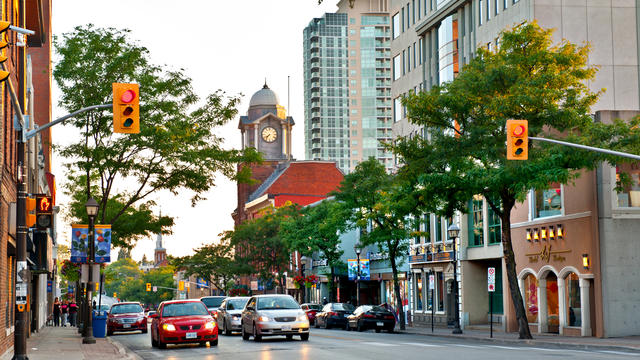New Census Numbers Show Gender Balance and Where People Are Living in Brampton
Published May 3, 2017 at 6:11 pm

The latest census numbers review the gender breakdown in Brampton, as well as the amount of dwelling types in the city and who is living in what kind of housing.
The latest census numbers review the gender breakdown in Brampton, as well as the amount of dwelling types in the city and who is living in what kind of housing.
You might be asking yourself why there are still census numbers coming out if they released it a few months ago, showing the population numbers. The national census was scrapped during the previous Conservative government, so the 2011 Census had less than adequate information available. So people may not remember that the last time a complete census was done, in 2006, that the data was so voluminous that the information was released in stages.
For the 2016, this week marked the release of the age / sex breakdown as well as type of dwelling for various communities, including Brampton. There will be information released throughout the rest of 2017 regarding income, language, education and other criteria, but for now, let’s look at how many men and women live in Canada’s ninth largest city, as well as the type of housing people in Brampton are choosing.
Breakdown of Population by Gender (Men and Women)
Total Population: 593,640
Male: 293,535
Female: 300,105
So you can see here that Brampton has slightly more women than men (50.55 per cent of women versus 49.45 per cent of men). That is just slightly below the national average for the gender breakdown (50.88 per cent women across Canada).
The census numbers also specify that 407,125 Brampton residents are between the ages of 15 to 64, but that pretty much means just about every other person.
Type of Dwelling for Brampton residents
Total number of occupied private dwellings: 168,010
Single detached houses: 87,550
Apartments in buildings with 5 or more stories: 17,535
Apartment in a building that has fewer than five storeys: 7,945
Apartment or flat in a duplex: 11,235
Semi-detached houses: 23,035
Row houses: 20,670
So in regards to private dwellings, what is striking is that in comparison to Mississauga, which has 37.68 per cent of residents in single detached houses, Brampton has 52 per cent of private dwellings as single detached houses, which shows a much stronger base (or reliance/appetite?) for the traditional single detached home.
Even putting together both apartments in buildings under five storeys and at five storeys or above, they only account for 15 per cent of total private dwellings in Brampton. So you can see that there seems to be a reluctance in providing alternative means of housing beyond the stereotypical suburban vision of a detached house.
There was a story this week about how the city wants to ‘crack down’ on multi-residential dwellings for large families. The way we house people is continuing to be a prevalent issue in Canada’s ninth largest city. Perhaps one area the City of Brampton can work on as a solution is the provide more townhomes and row houses, which the census numbers show account for a quarter of Brampton’s private dwellings.
The next batch of information from the 2016 Census to be released will be on August 2, pertaining to families, households, marital status, as well as languages spoken in Brampton.
We will keep you up to date once those numbers get released.
Follow me on Twitter at @thekantastic
insauga's Editorial Standards and Policies advertising





